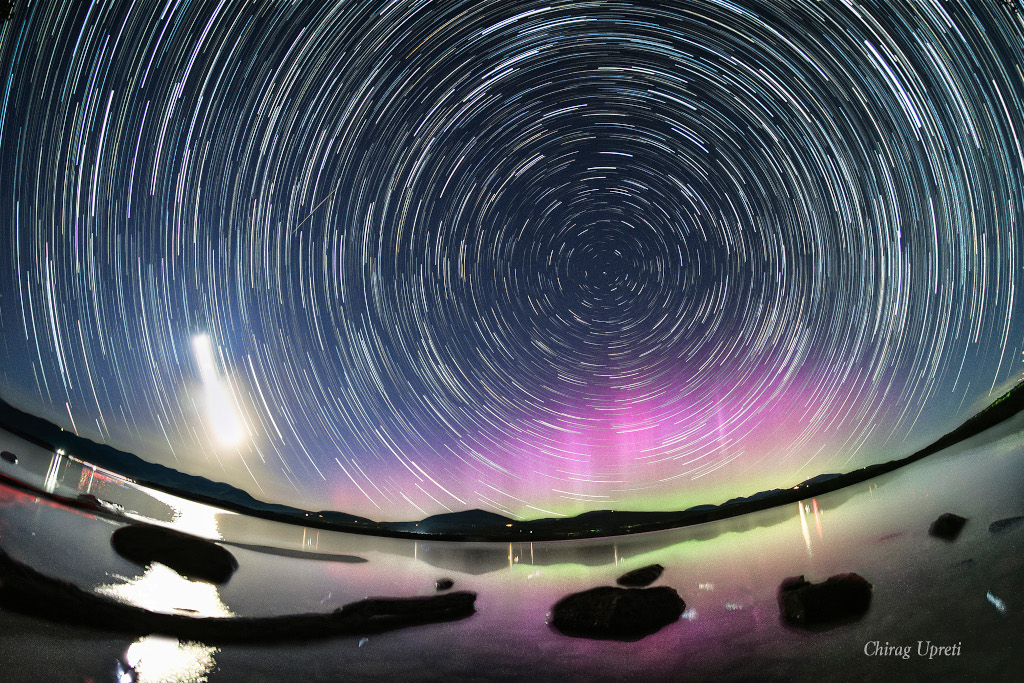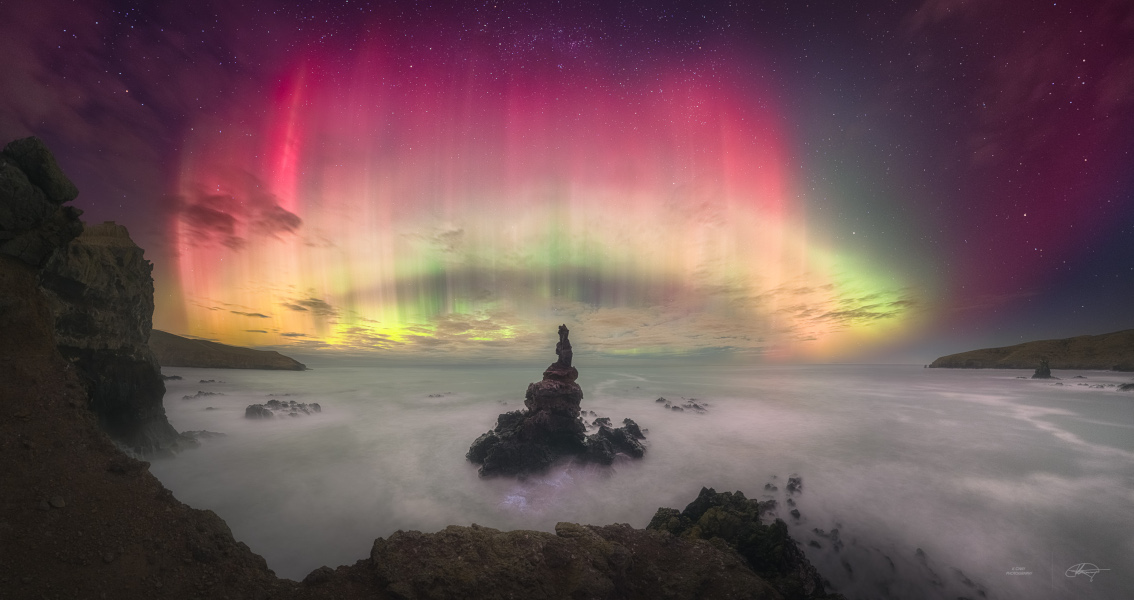Nombre total de pages vues
19/05/2024
SANTé/MEDECINE - Virus et bactéries mortels - Yersinia pestis, la bactérie responsable des épidémies de peste
NUCLEAIRE - Comment survivre à une explosion nucléaire ? Les premières 30-45 minutes: protégez votre corps
ASTRONOMY - Jupiter Diving
2024 May 19
Animated Video Credit: NASA, JPL-Caltech, SwRI, MSSS, Gerald Eichstadt, Justin Cowart
Explanation: Take this simulated plunge and dive into the upper atmosphere of Jupiter, the Solar System's ruling gas giant. The awesome animation is based on image data from JunoCam, and the microwave radiometer on board the Jupiter-orbiting Juno spacecraft. Your view will start about 3,000 kilometers above the southern Jovian cloud tops, and you can track your progress on the display at the left. As altitude decreases, temperature increases while you dive deeper at the location of Jupiter's famous Great Red Spot. In fact, Juno data indicates the Great Red Spot, the Solar System's largest storm system, penetrates some 300 kilometers into the giant planet's atmosphere. For comparison, the deepest point for planet Earth's oceans is just under 11 kilometers down. Don't worry though, you'll fly back out again.
18/05/2024
SANTé/MEDECINE - Virus et bactéries mortels - Le virus de la rage
ASTRONOMY - North Celestial Aurora
2024 May 18
Image Credit & Copyright: Chirag Upreti
Explanation: Graceful star trail arcs reflect planet Earth's daily rotation in this colorful night skyscape. To create the timelapse composite, on May 12 consecutive exposures were recorded with a camera fixed to a tripod on the shores of the Ashokan Reservoir, in the Catskills region of New York, USA. North star Polaris is near the center of the star trail arcs. The broad trail of a waxing crescent Moon is on the left, casting a strong reflection across the reservoir waters. With intense solar activity driving recent geomagnetic storms, the colorful aurora borealis or northern lights, rare to the region, shine under Polaris and the north celestial pole.
NUCLEAIRE - Comment survivre à une explosion nucléaire ? À quoi cela ressemblerait ?
17/05/2024
ASTRONOMIE - Astres de la Voie Lactée - Mars
SANTé/MEDECINE - Virus et bactéries mortels - Le virus de l’hépatite B, cette MST terriblement infectieuse
NUCLEAIRE - Comment survivre à une explosion nucléaire ? - Comment l'information est divulguée ?
ASTRONOMY - Aurora Banks Peninsula
2024 May 17
Image Credit & Copyright: Kavan Chay
Explanation: This well-composed composite panoramic view looks due south from Banks Peninsula near Christchurch on New Zealand's South Island. The base of a tower-like rocky sea stack is awash in the foreground, with stars of the Southern Cross at the top of the frame and planet Earth's south celestial pole near center. Still, captured on May 11, vibrant aurora australis dominate the starry southern sea and skyscape. The shimmering southern lights were part of extensive auroral displays that entertained skywatchers in northern and southern hemispheres around planet Earth, caused by intense geomagnetic storms. The extreme spaceweather was triggered by the impact of coronal mass ejections launched from powerful solar active region AR 3664.
ASTRONOMY - Northern Fox Fires
2025 December 12 Northern Fox Fires Image Credit & Copyright : Dennis Lehtonen Explanation: In a Finnish myth , when an arctic fox ...

-
2022 September 26 All the Water on Planet Earth Illustration Credit: Jack Cook, Adam Nieman, Woods Hole Oceanographic Institution ; Data ...
-
2025 May 11 The Surface of Venus from Venera 14 Image Credit: Soviet Planetary Exploration Program , Venera 14 ; Processing & Copyri...








